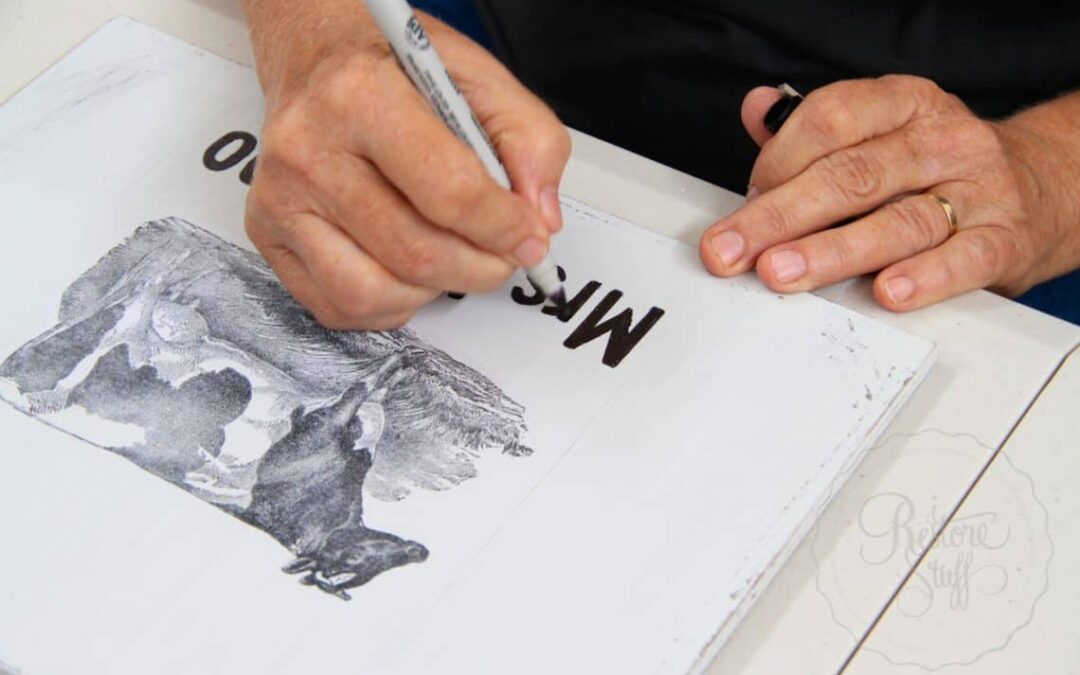Tutorial Update:
I have updated this tutorial to include a new video that I have made using Fusion’s Transfer Gel along with their Antiquing Glaze to show you a few new tips.
Mod Podge vs Transfer Gel
I’ve been transferring graphics for a few years now, using a decoupage medium called Mod Podge. So when Homestead House came out with their Fusion Mineral Paint line, including their Transfer Gel, I had to try it out!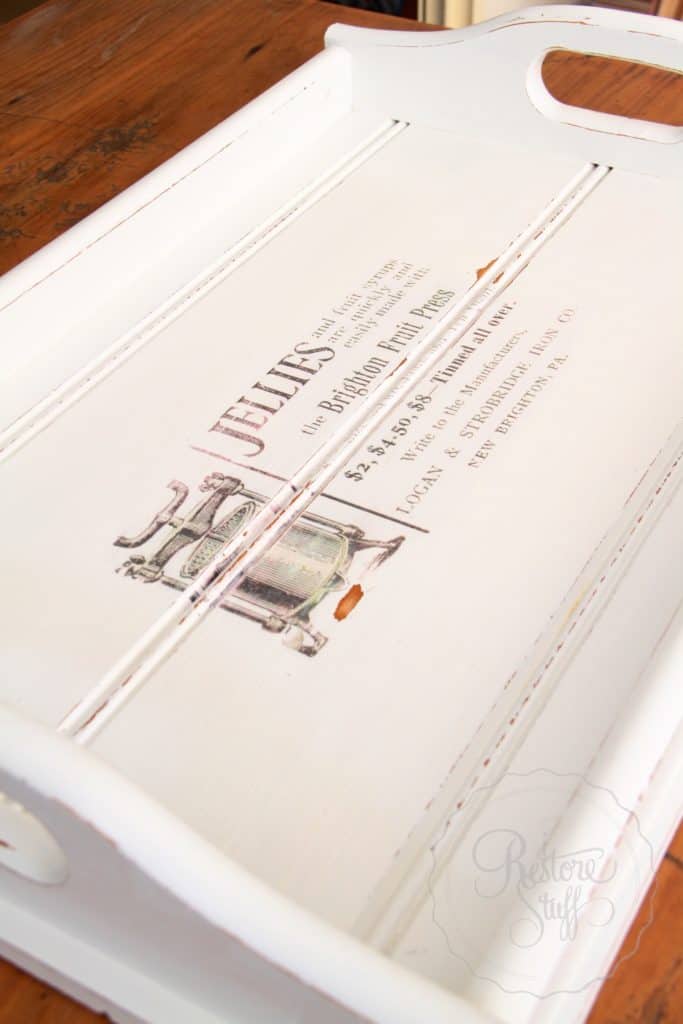
Wow, what a difference. I’m recommending laser prints now. So much clearer images, and no chance of it running or bleeding.
Transferring Graphics Workshop:
So here are some pics of our first workshop using the Fusion Transfer Gel:
Once you have printed your graphic in reverse, brush the entire image with the Transfer Gel and lay it down flat on your painted surface. This works best with light painted surfaces, because you are using white paper.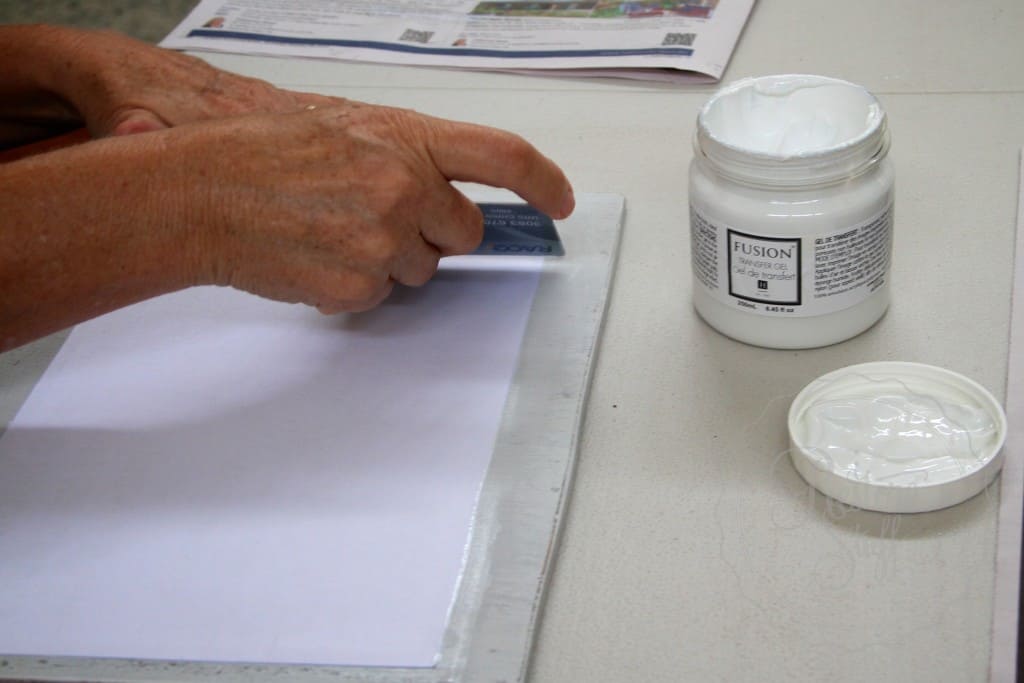
Once the image is completely dry (overnight is best or out in the sun for a few hours), wet the paper backing and begin to rub it with your fingers until the paper starts to rub away.
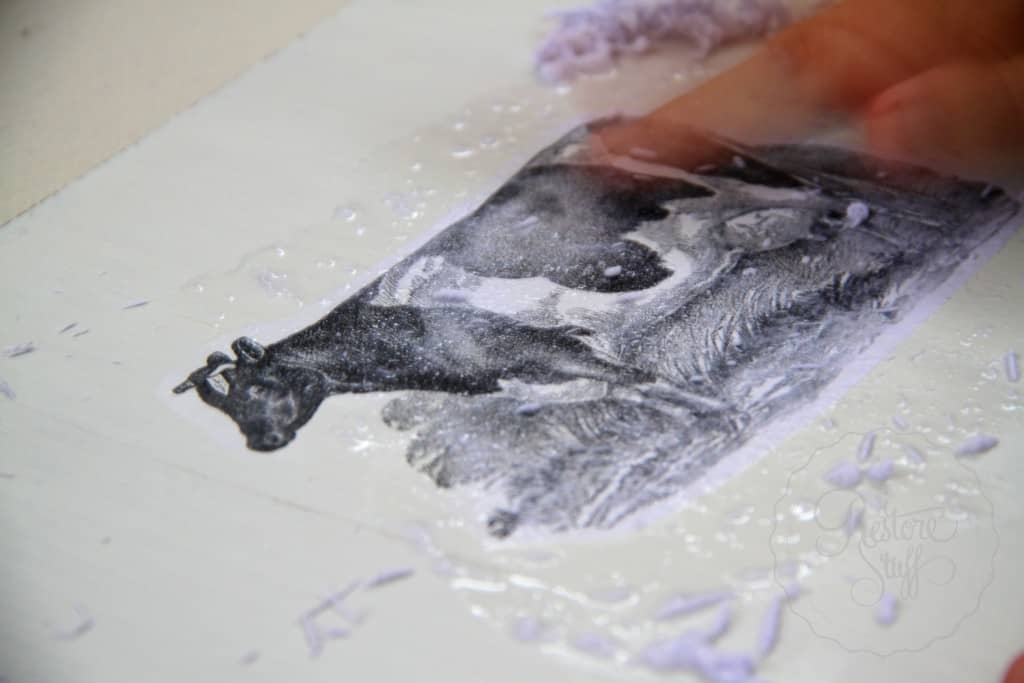

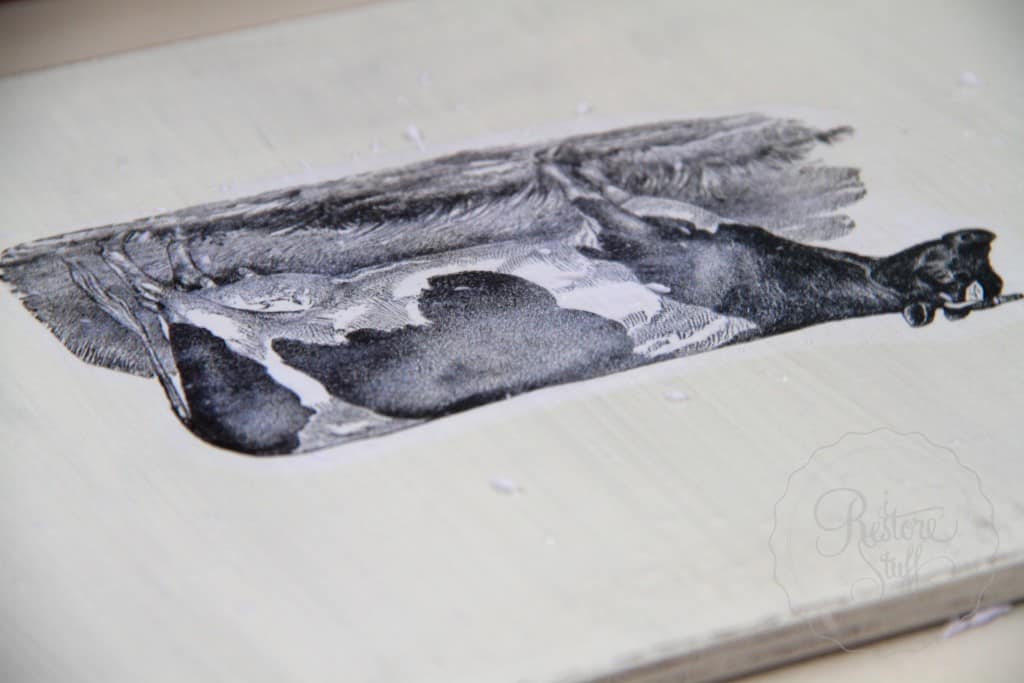
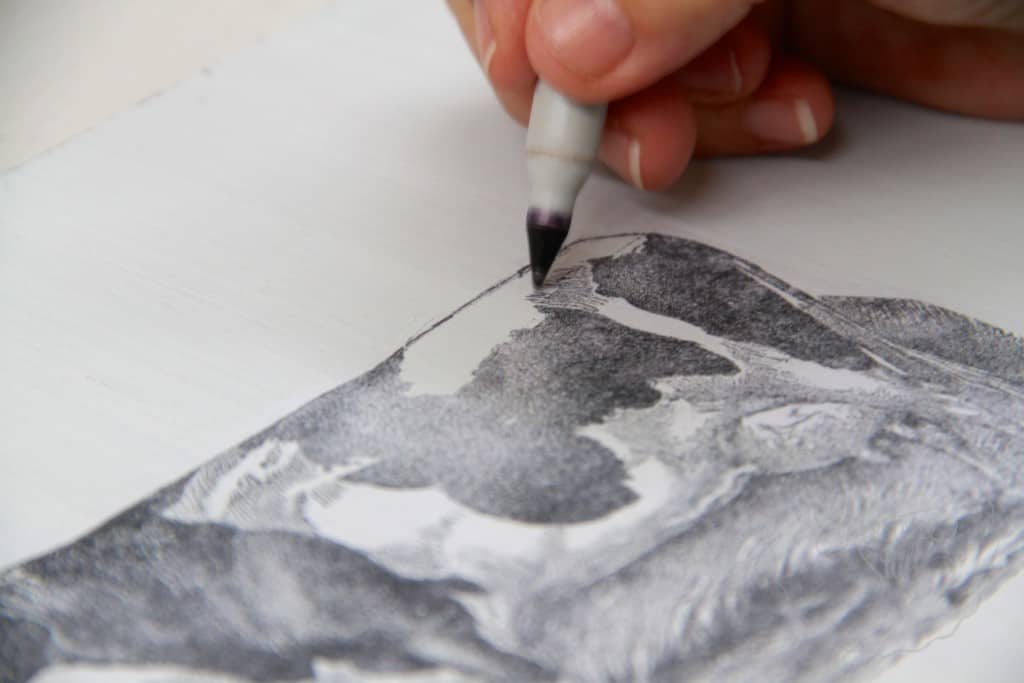
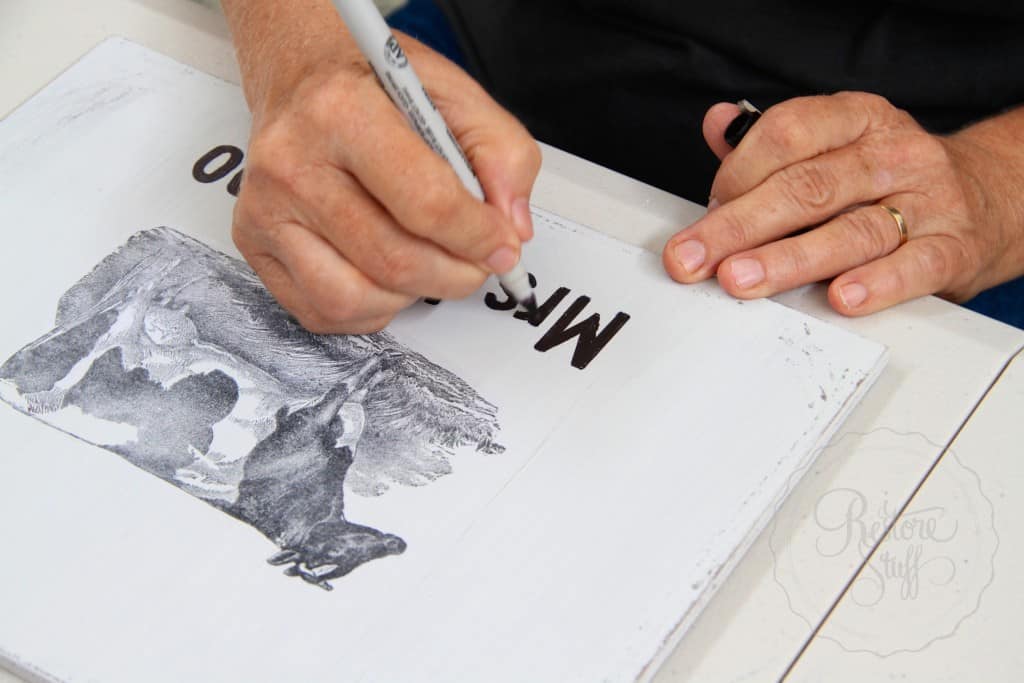


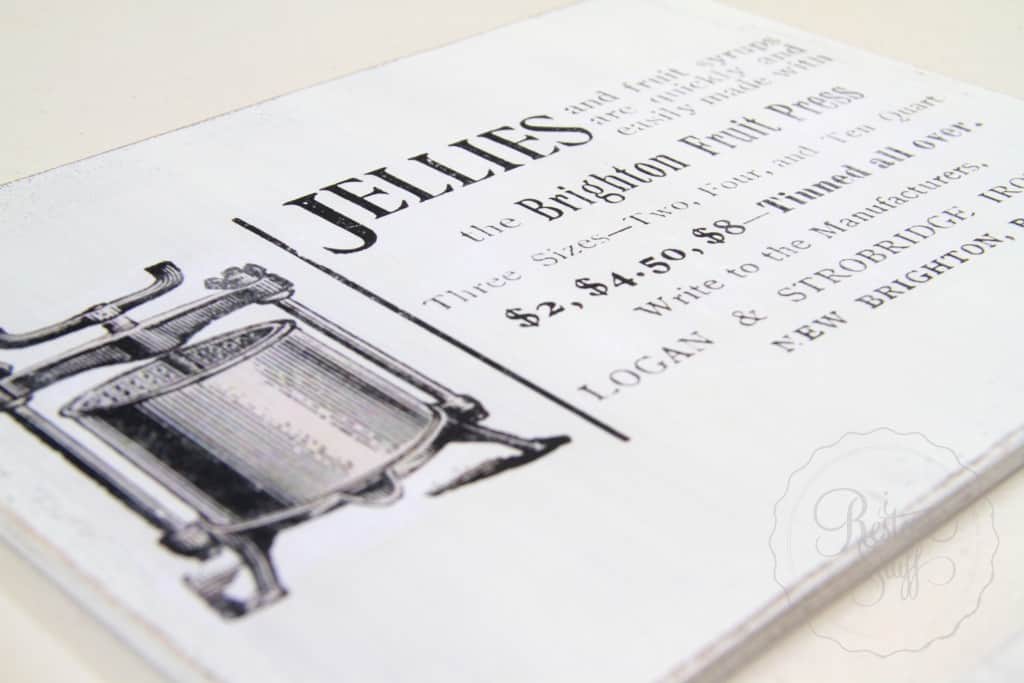
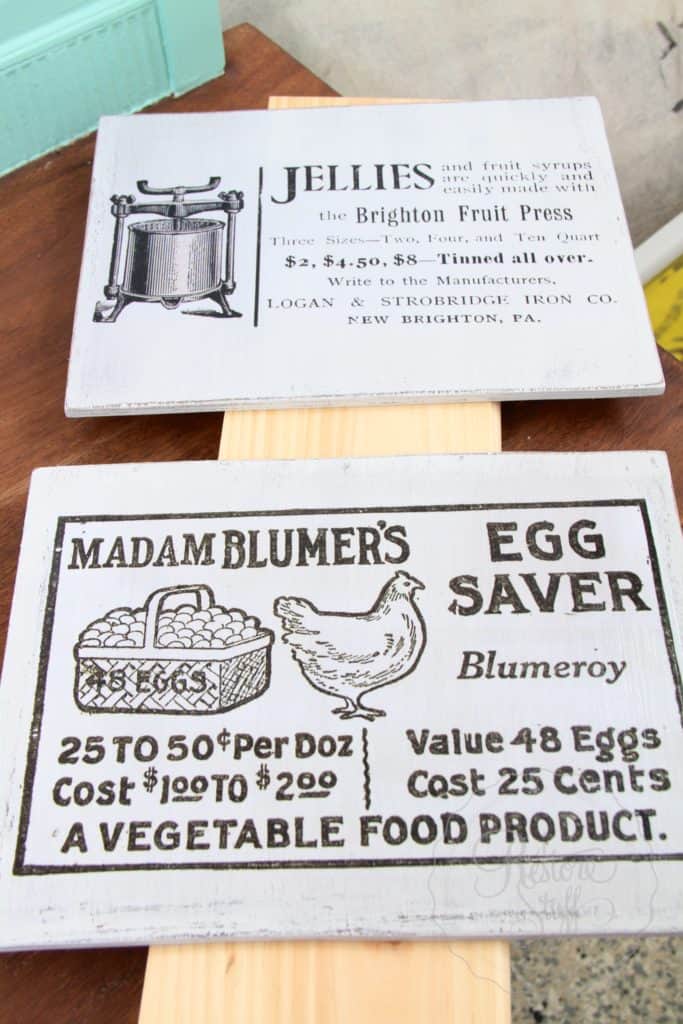
Difference between Transfer Gel & Mod Podge?
The consistency of the Transfer Gel is thicker than the Mod Podge, but apart from that they both work pretty much the same. Transfer Gel adheres with very good results.
Transfer Gel is available here in Australia at I Restore Stuff in 250ml bottles and we ship Australia wide.
If you need further instruction on how to transfer graphics, here’s a new video I’ve just released (March 2016) on using Fusion’s Transfer Gel, as well as how to use Fusion Antiquing Glaze to age and seal your signs or furniture.
You will find several more youtube videos on my channel that relate to painting furniture and decor, Milk Paint, Chalk Paint and Fusion Paint as well as other DIY and craft tutorials.
I’d love to hear from you if you have tried the Fusion Transfer Gel or Mod Podge method of transfer – how did you go? Did you have any difficulties?
Check out our upcoming workshops for one that might suit you!
You can choose between Transferring Graphics, Milk Paint Basics and BYO Furniture. Learn tips and tricks with great hands on demonstration and assistance.
